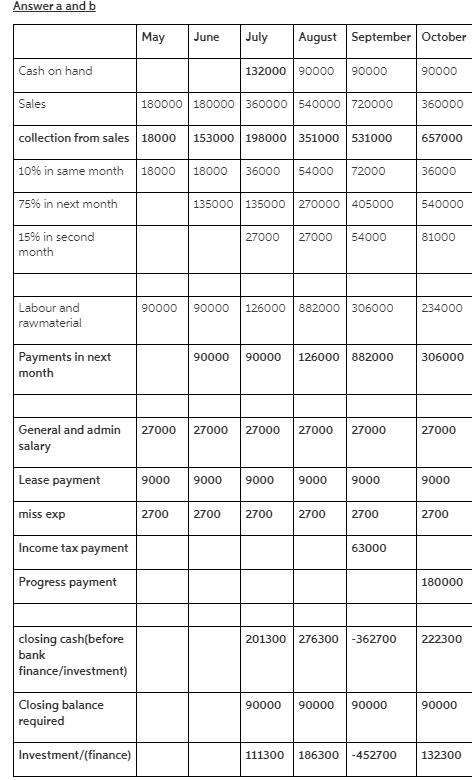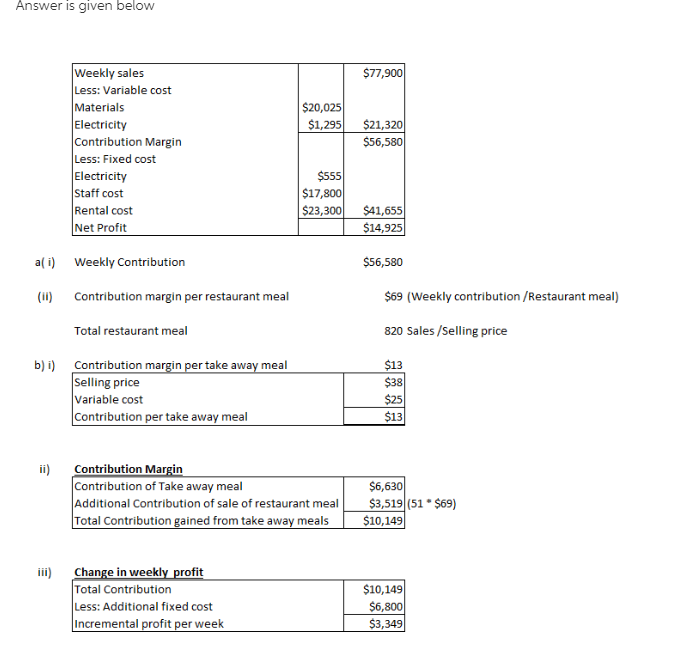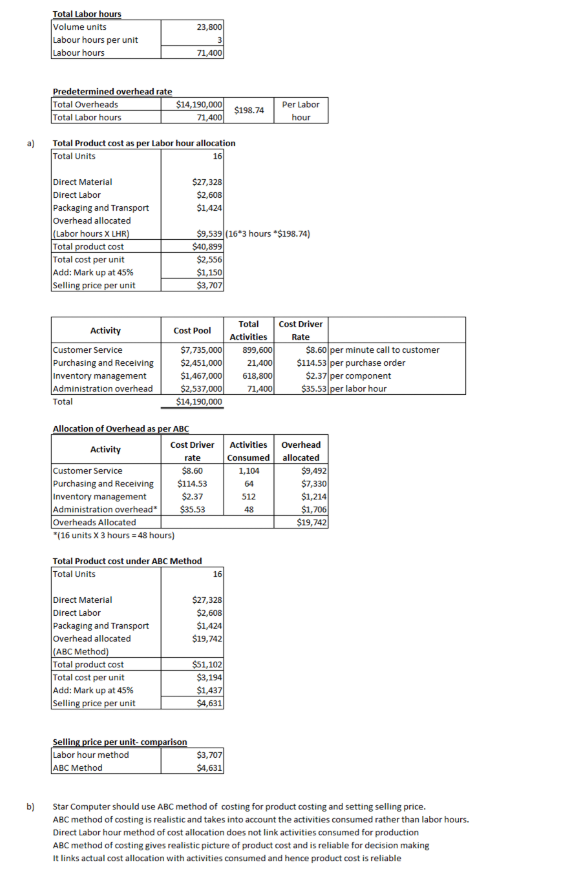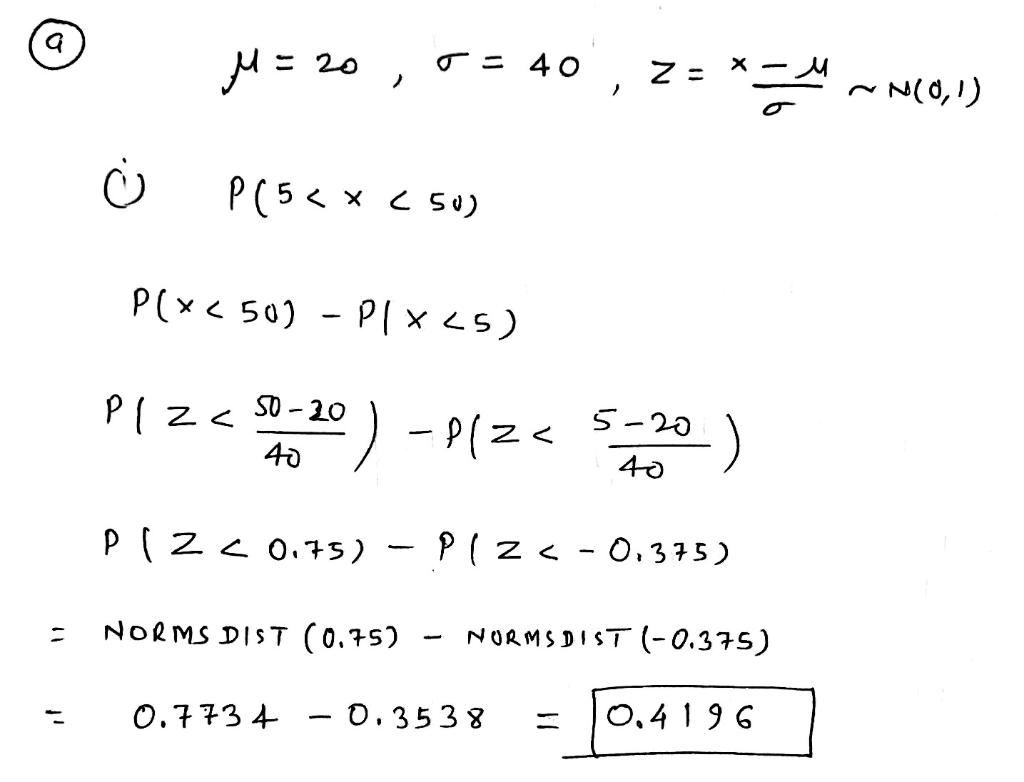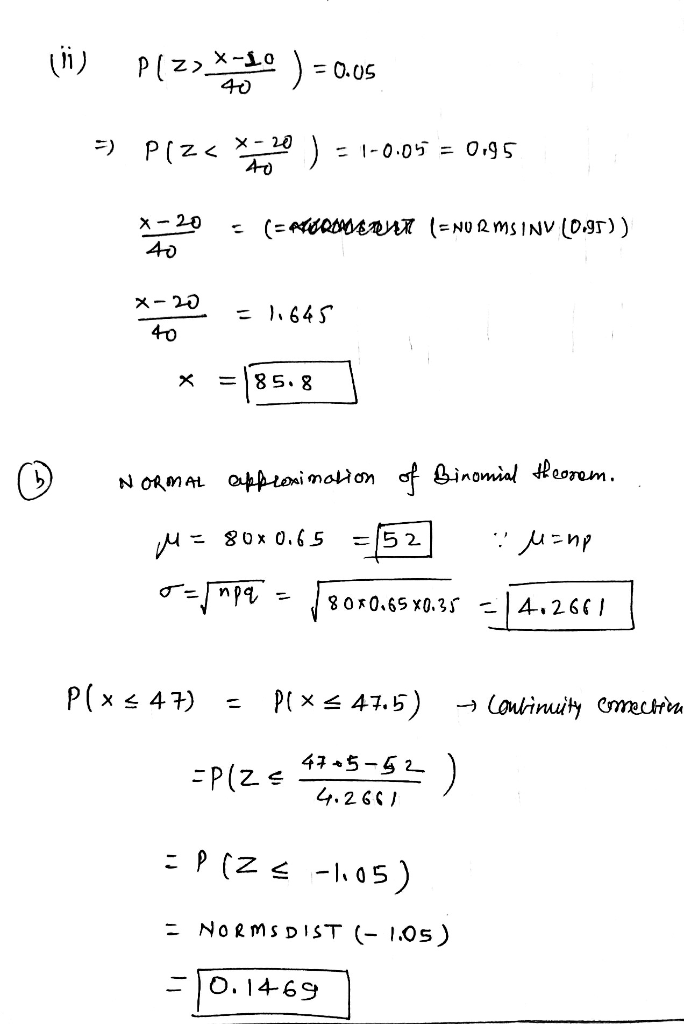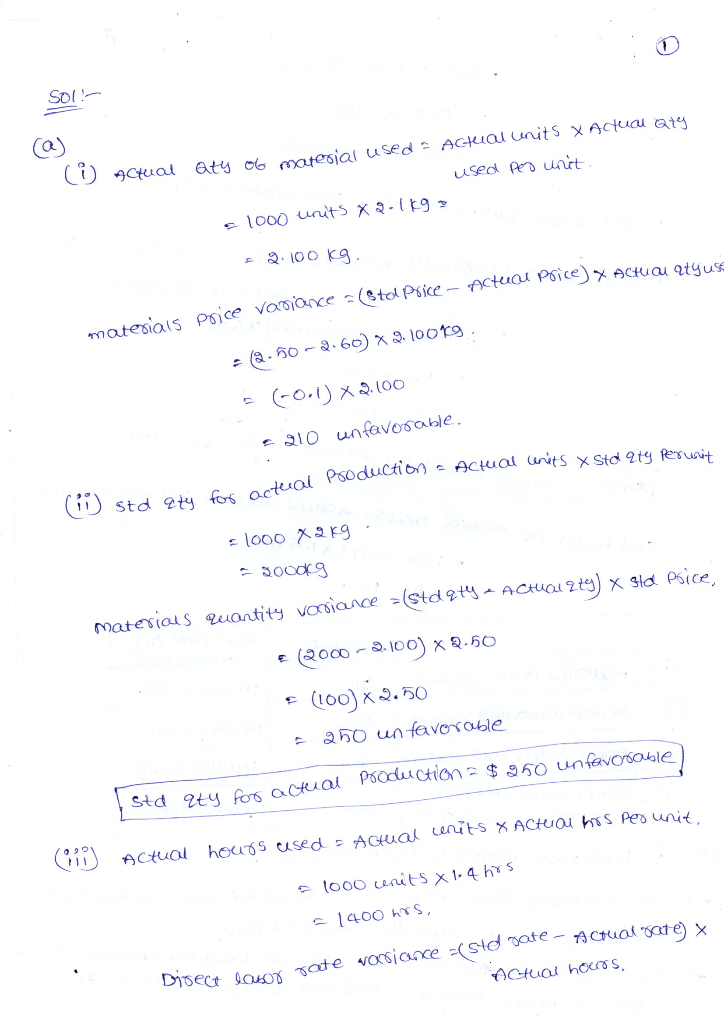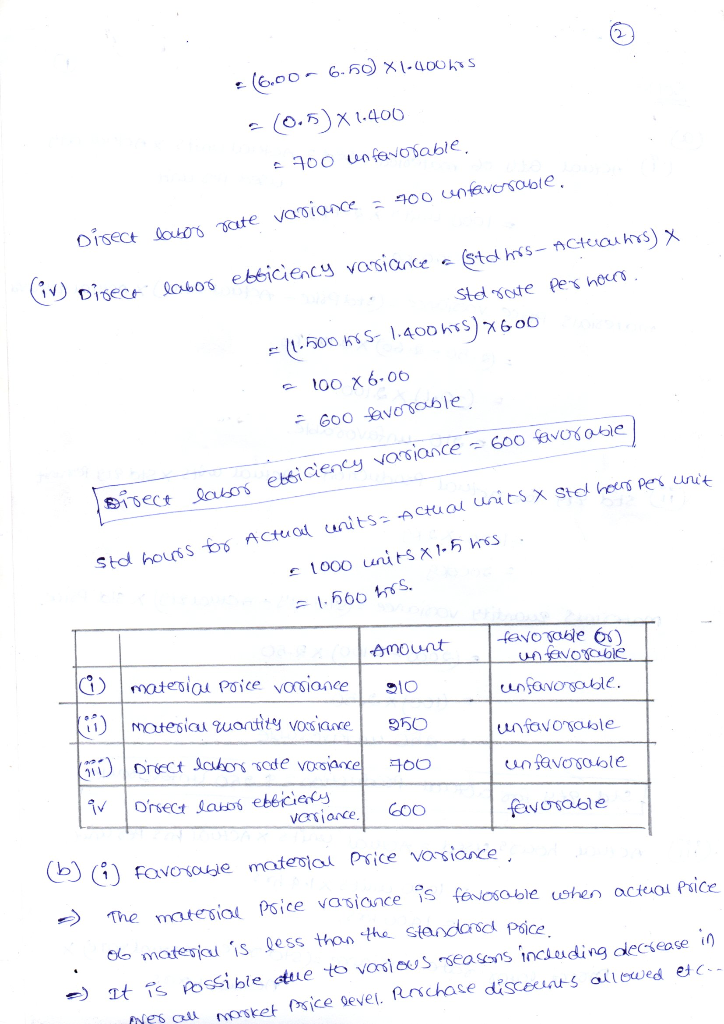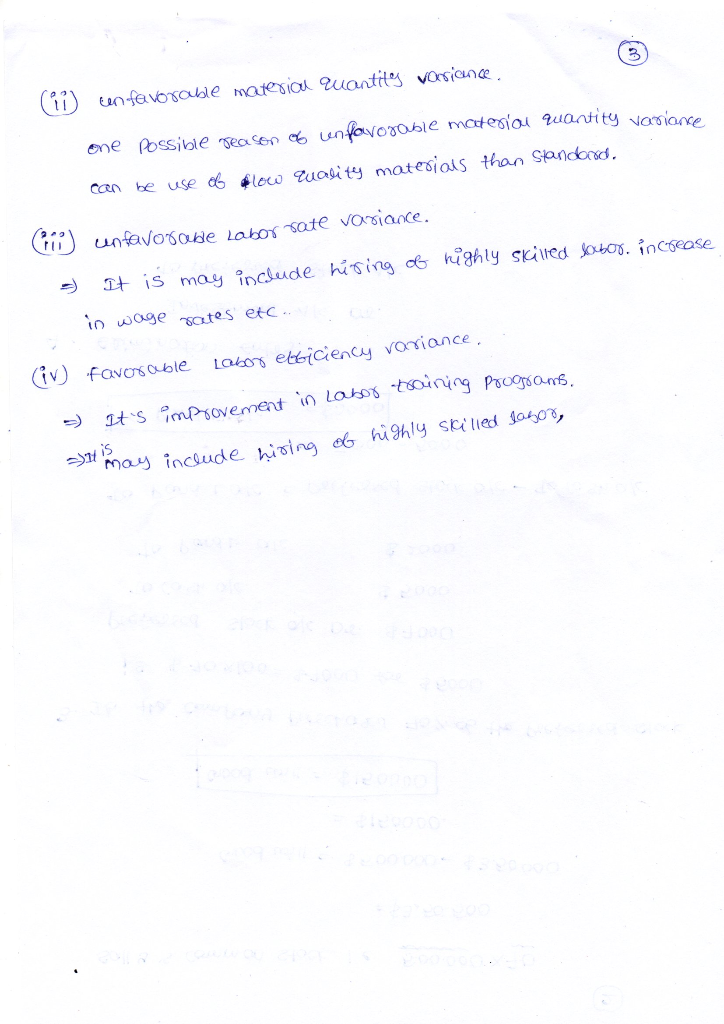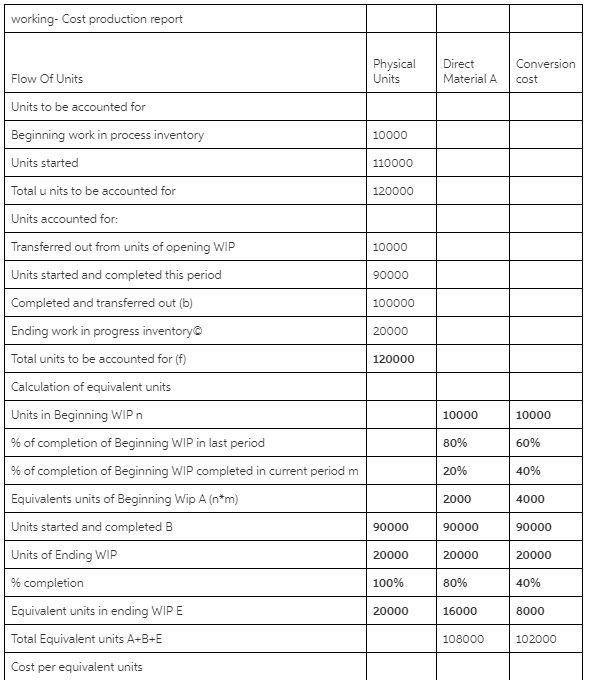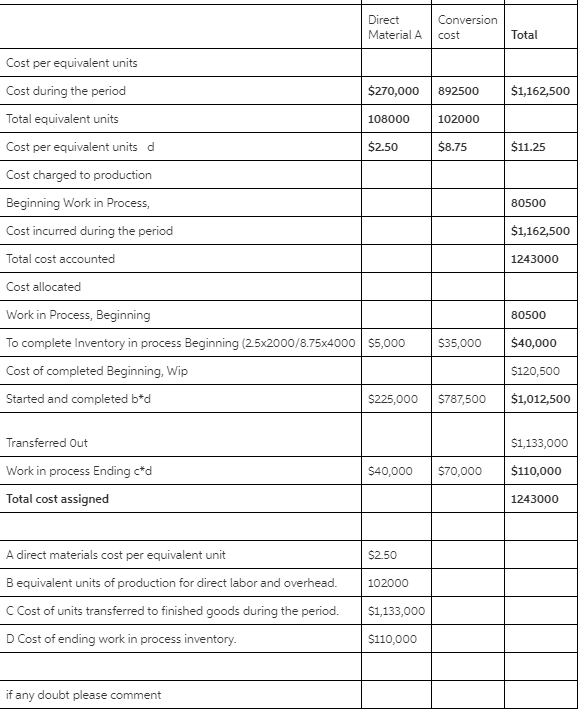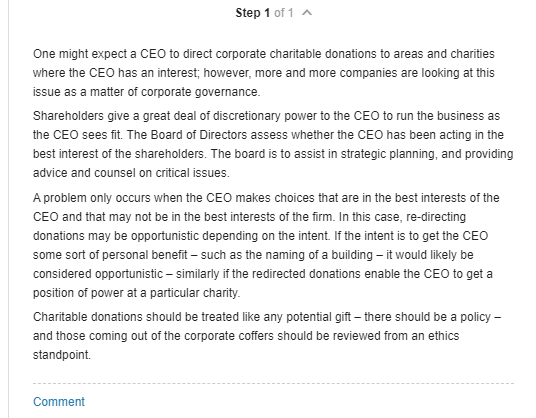Answer C
The budget we prepaired is under the assumption that all inflow as well as outflows are occuring uniformally during the month. In the given scenario since all the payments need to be paid on 5th of the month whereas corrensponding inflows will come uniformally during the month this situation will crate cashflow mismatch for the temperory period. Hence to comeup this mismatch company will have to take the shortterm finance facility from bank. In the first month company will have to take a finace of total outflow amount - 5 days receipts of cash in that month. Then the same can be repaid by end of the month then again on 5th of next month finance of outflow-5days inflow. In this way the estimate of cash budget can be prepared.
Answer d
In no seasonal period company will continue to produce the goods which will require the cash, For this requiremet company will have to take finance. Now debt will increase and debt ratio will aslo increase. Since due to production there will be increase in stock and current ratio will aslo increase which will result in working capital positive gap.
Due to seasonal business there will be working capital mismatch. On overall yearly basis the credit position of the company will be the same. In this type of scenario bank sanction the short term loans but not longterm.
